This website uses cookies so that we can provide you with the best user experience possible. Cookie information is stored in your browser and performs functions such as recognising you when you return to our website and helping our team to understand which sections of the website you find most interesting and useful.
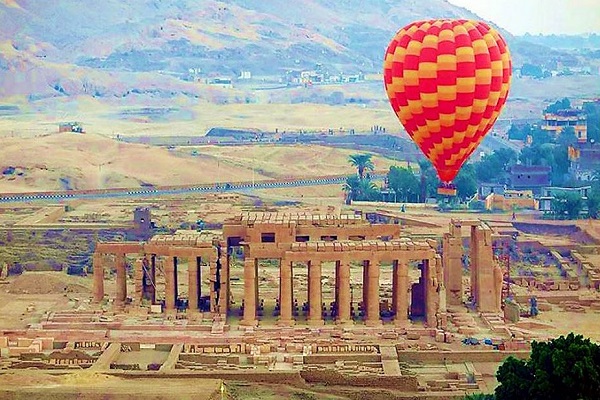
By Hesham Elgammal on 15 Jan 2025
Luxor: The Timeless City of Egypt in 2025
In 2025, Luxor continues to shine as one of Egypt’s most mesmerizing destinations—a city where ancient grandeur and modern experiences beautifully intertwine. Located along the banks of the Nile River in Upper Egypt, Luxor is often referred to as the world’s greatest open-air museum, and rightfully so. Once the ancient city of Thebes, Luxor served as the capital of Egypt during the height of the New Kingdom, and today, it stands as a living monument to thousands of years of civilization.
What makes Luxor truly special is how effortlessly the past meets the present. In 2025, the city offers a special combination of awe-inspiring archaeology and enhanced travel amenities, making it more accessible and engaging for international and local tourists alike. Technological advancements now allow visitors to explore historical sites like never before, with interactive guides, augmented reality experiences, and multilingual tour package options enriching the storytelling of each landmark.
Sightseeing in Luxor is an unforgettable journey. On the East Bank, marvel at the grandeur of Karnak Temple and the beautifully lit Luxor Temple by night. Cross the Nile to the West Bank and discover the Valley of the Kings, where the tombs of great pharaohs—including Tutankhamun—are etched deep into the desert cliffs. Nearby, the mortuary temple of Queen Hatshepsut and the towering Colossi of Memnon continue to captivate travelers with their scale and artistry.
But Luxor in 2025 is not just about history. The city’s vibrant markets, serene Nile-side cafés, and expanding hotel offerings provide comfort and charm for all types of travelers. Hot air balloon rides over the temples at sunrise remain one of the most magical experiences in Egypt, offering a breathtaking perspective of the land that once hosted ancient gods and kings.
With renewed investments in tourism infrastructure and cultural preservation, Luxor is embracing the future while honoring its past. Whether you’re a history lover, an adventure seeker, or simply a curious traveler, Luxor welcomes you to walk in the footsteps of pharaohs, witness unforgettable sunsets over ancient stone, and create stories of your own in the heart of Egypt.
In 2025, Luxor isn’t just a destination—it’s a journey through time.
Travel to Luxor and you will know why it is one of Egypt’s great tourist attractions. It is also commonly known as the world’s largest open-air museum. Luxor is built on and around the ancient site of Thebes. Tourists have been visiting the area since the Greco-Roman times, so you won’t be the first! There are so many splendid temples and monuments to visit.
Luxor (Thebes) was the capital of Waset, which is the seat of ancient Egypt. The city developed early, and then Luxor was called the (Epet), which came to light when the Theban family was established. Rising to power as the residence of the Royal family, it also became the altar of worship to the God of Amon. Luxor was a part of the land site chosen for the burial of the rich and discerning citizens, including the people in the royal line. The Place housing the Valley of the Kings and the Valley of the Queens was one of the richest regions of then Egypt. The Nile gave it the necessary impetus to be the abode of the Royalties, as the place is cooler compared to other places which share the scorching heat of the Sahara Desert.
Luxor was also the ideal place for boating along the Nile, providing entertainment fit for the Kings, and easy to have guards patrol the grounds. Moreover, this is the site that would provide the necessary fast and safe exit for the Royalties. Over the period, the site of Luxor had a loss of face when the Royal patronage ceased. The History of Luxor has given Luxor places like Temple of Karnak, Valley of the Kings, Luxor Temple, Temple of Hatshepsut at Deir el Bahari, Tomb of Queen Nefertari, Temple of Amun, Valley of the Artisans, tombs of Tutankhamen and of Sons of Ramses II
Luxor is located to the south of Cairo, 416 Miles, one of the most important tourist destinations in Egypt. It is about 416 km2, and the population reaches about 360,503 inhabitants. The weather is rather hot in Summertime and fine in winter.
Today, Luxor is well equipped to accommodate tourists & to serve people from many countries that descend on this area of the Nile Valley every year
For the Nile, Cruise deals click here
This article was updated and re-written in part by Hesham El Gammal; on January 15th, 2025 + fact-checked.
Categories
- Egypt and Jordan Tours (12)
- Egypt Destinations (27)
- Egypt Nile Cruises (40)
- Egypt Sightseeing (15)
- Egypt Tour Packages (18)
- infographics (1)
-

Nile Cruisers Reviews
25 Mar 2025
-

“GEM” The Grand Egyptian Museum
02 Jan 2026
-

Everything You Need to Know About the Nile River
26 Dec 2025
-

Egypt Safari Trips in Siwa & White Desert
20 Dec 2025
-

Why Choose Nile Cruisers to Book Your Egypt Nile Cruise?
12 Dec 2025
-

Celebrate Christmas in Egypt: Best Egypt Travel Tour Packages for Year-End Getaways
12 Dec 2025
-

Make Your Year-End Special: Festive Egypt Tour Packages for Winter Travel
12 Dec 2025

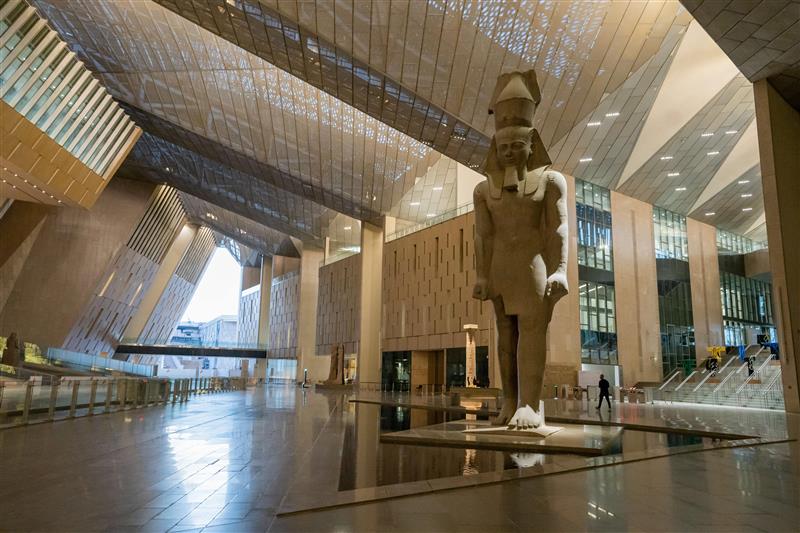

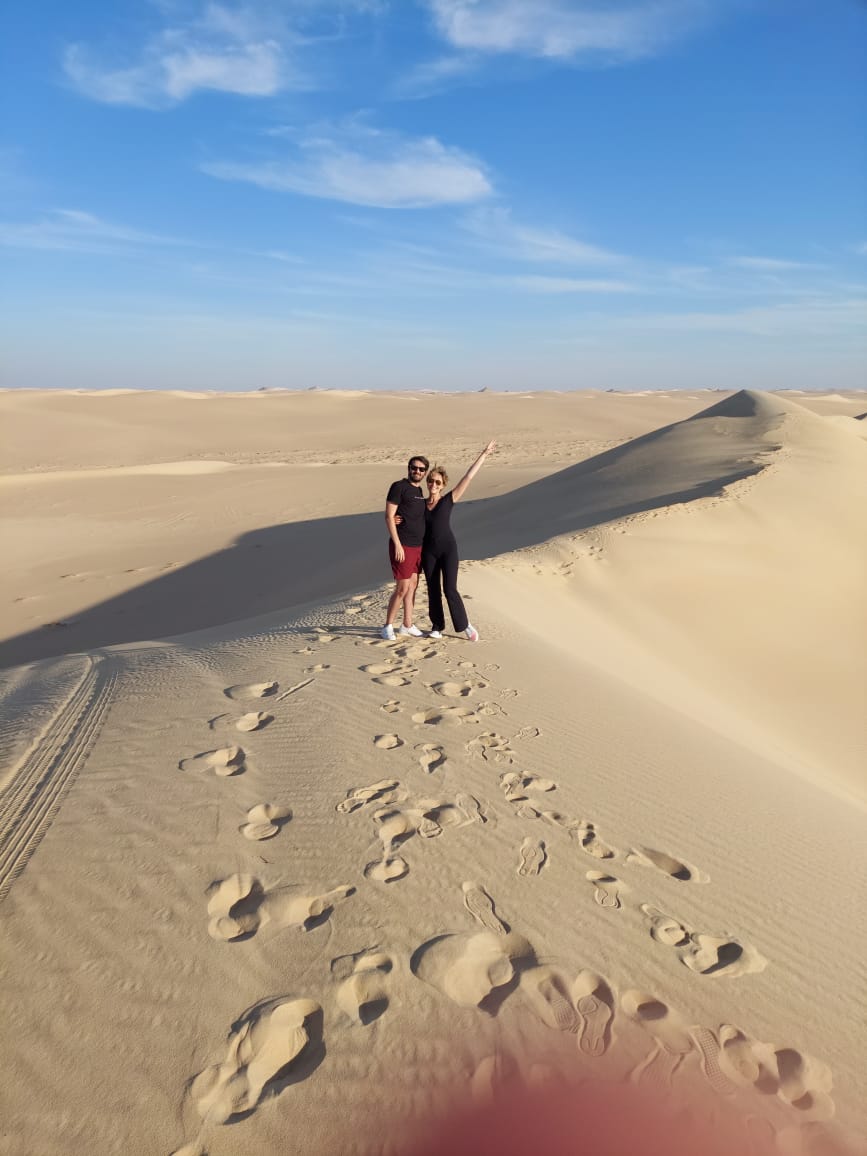

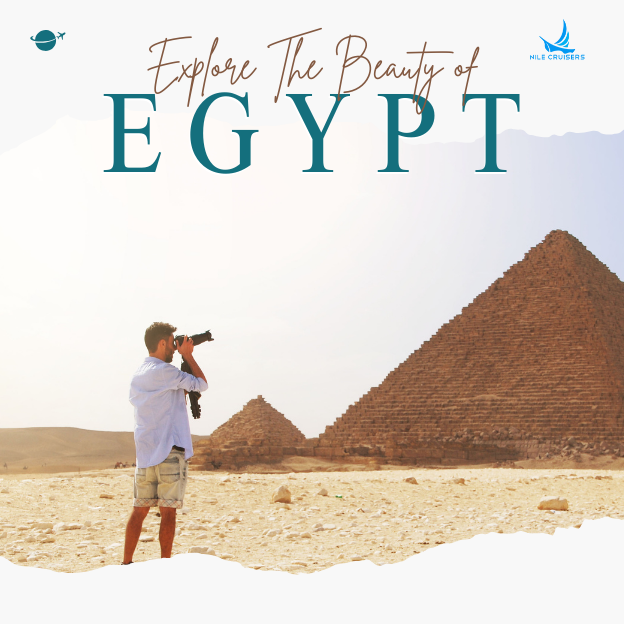
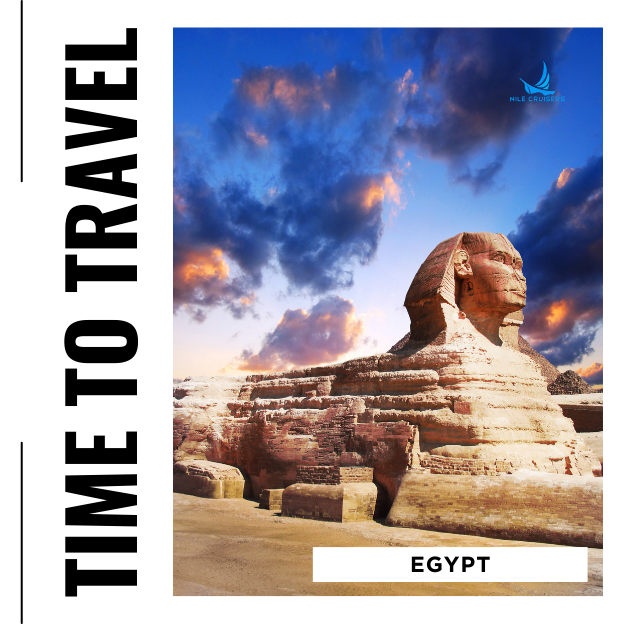





Comments